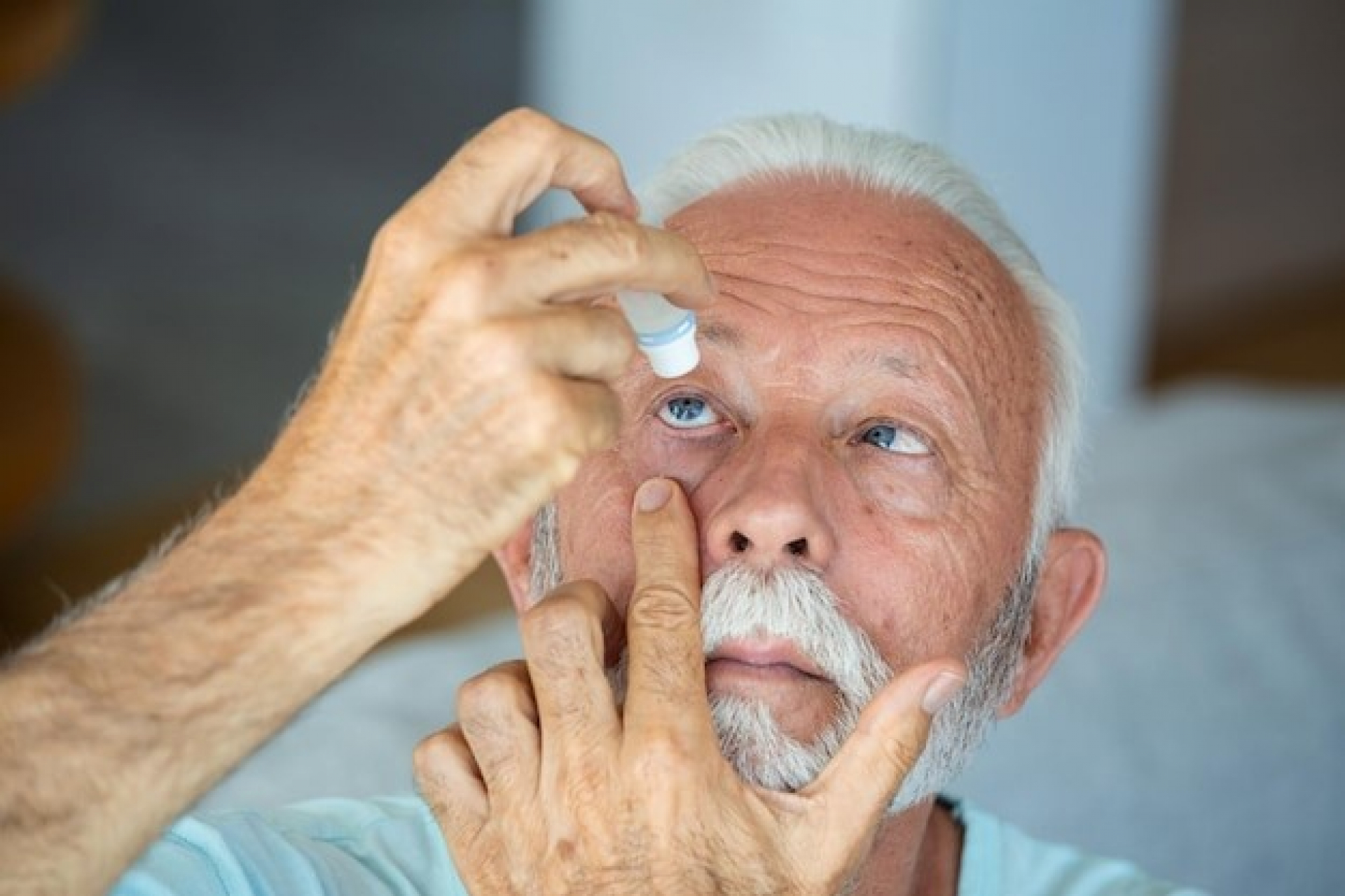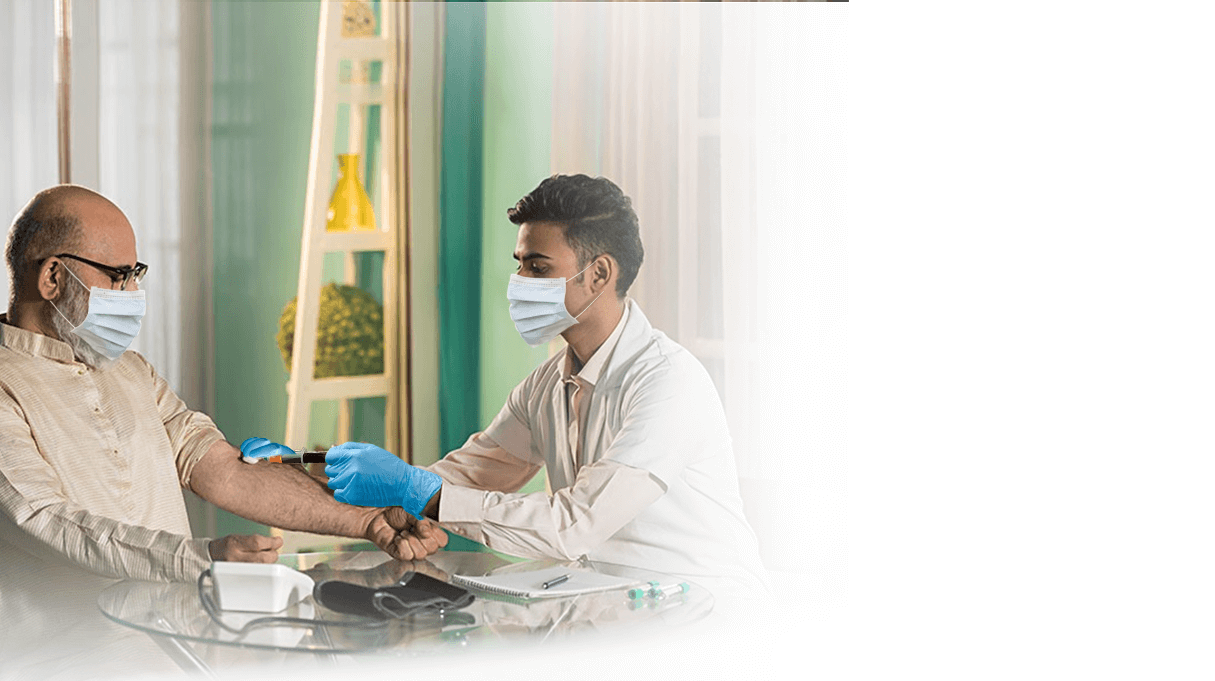Diabetic cataracts are a significant complication of diabetes mellitus, and they can drastically affect vision. In individuals with diabetes, cataracts can develop at an earlier age and progress faster compared to those without the condition. Cataracts occur when the eye's lens becomes cloudy, leading to blurry vision, light sensitivity, and, in severe cases, blindness if left untreated.
About Diabetic Cataracts
Cataracts develop when proteins in the eye's lens clump together, causing the lens to lose its transparency. In the case of cataracts caused by diabetes, high blood sugar levels accelerate this process. When blood sugar is elevated for prolonged periods, it leads to the accumulation of sorbitol, a sugar alcohol, in the lens, causing it to swell and become cloudy. Over time, this can result in a full-blown cataract.
Types of Cataracts in Diabetes
Diabetes can lead to the development of different types of cataracts, with the most common being:
Subcapsular Cataracts: These cataracts form at the back of the lens and are particularly common in individuals with diabetes. Subcapsular cataracts are often fast-progressing and can severely affect vision, especially in low-light conditions.
Cortical Cataracts: Cortical cataracts start at the lens's outer edges and progress inward. These cataracts are characterized by spoke-like opacities and are more prevalent among those with long-term diabetes mellitus.
Nuclear Cataracts: Although nuclear cataracts are typically associated with aging, individuals with diabetes are at a higher risk of developing this form earlier. These cataracts form in the central zone of the lens and gradually cloud vision.
What are the Early Symptoms of Diabetic Cataracts?
The progression of cataracts due to diabetes is often marked by gradual visual changes. Key symptoms include:
- Blurry vision
- Glare or halos around lights
- Difficulty seeing in low-light conditions
- Double vision in one eye
- Frequent changes in prescription lenses
If left unchecked, these symptoms worsen, eventually leading to blindness. Early detection through routine eye exams and specific diagnostic tests is vital for managing diabetic cataracts.
What are the Diagnostic Tests for Diabetic Cataracts?
Diagnosing diabetic cataracts involves a thorough eye examination that includes several specialized tests. These tests help in determining the severity of the cataract and the best course of action for treatment.
- Visual Acuity Test- It is one of the first assessments an ophthalmologist performs to diagnose cataracts. It measures how well a patient can see at various distances, typically using an eye chart. Cataracts often result in diminished visual acuity, and this test helps quantify the extent to which vision is impaired.
- Slit-Lamp Examination- It is a standard procedure in diagnosing cataracts caused by diabetes. This test allows the ophthalmologist to closely examine the structures of the eye, including the cornea, lens, and retina, under high magnification. By shining a thin beam of light through the eye, the doctor can identify opacities in the lens, which are indicative of cataracts.
- Retinal Exam or Dilated Eye Exam- It involves dilating the pupils with eye drops to get a better view of the retina. In patients with diabetes, this exam is essential not only for diagnosing cataracts but also for checking for other diabetes-related eye complications, such as diabetic retinopathy.
- Tonometry- While tonometry is traditionally used to measure intraocular pressure and detect glaucoma, it is also part of the comprehensive eye examination for diagnosing diabetic cataracts. High intraocular pressure can exacerbate the development of cataracts in diabetic patients, and tonometry helps identify this risk factor.
- Contrast Sensitivity Test- Cataracts, especially those linked to diabetes mellitus, often affect a patient’s ability to discern contrasts, particularly in dim lighting or against backgrounds with little color difference. This test evaluates how well a person can differentiate between shades of gray. Poor performance on this test is often an early indicator of cataract development.
- Refraction Test- It measures the refractive error of the eye to determine if new glasses or contact lenses are required. Frequent prescription changes are a hallmark of cataract of diabetes mellitus, as cataracts progressively distort the way light passes through the lens.
When Should You Get Tested for Diabetic Cataracts?
Routine eye exams are crucial for anyone with diabetes mellitus. However, there are specific situations where it is particularly important to consider cataract testing:
- Frequent changes in vision prescription
- Difficulty with night vision
- Diabetes for more than 10 years
- Blood sugar fluctuations
How to Manage Diabetic Cataracts?
Once diabetic cataracts are diagnosed, the treatment path typically involves surgery. Cataract surgery is a highly effective procedure that removes the cloudy lens and replaces it with a clear artificial lens, restoring vision.
Cataract surgery in diabetic patients is similar to traditional cataract surgery but with extra care to manage diabetes-related risks. The surgery involves making a small incision in the eye, breaking up the cloudy lens with ultrasound waves, and removing the fragments. An artificial intraocular lens is then implanted to replace the natural lens.
Diabetic cataracts are a common and serious complication of diabetes mellitus that can severely affect vision. Early diagnosis through routine eye exams and specific diagnostic tests such as the slit-lamp exam and retinal exam is essential for preserving sight. If you have diabetes, especially for more than 10 years, or are experiencing changes in vision, speak to your healthcare provider about cataract screening. Early detection and timely treatment, often involving surgery, can prevent permanent vision loss and restore quality of life.


